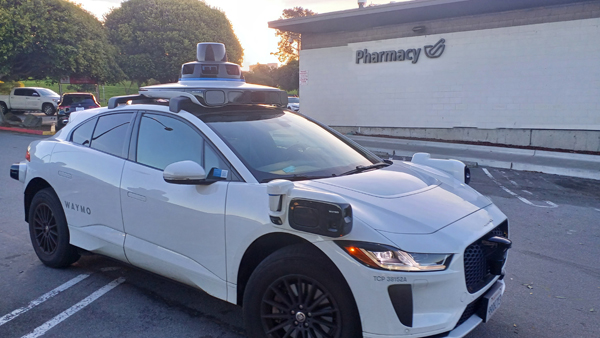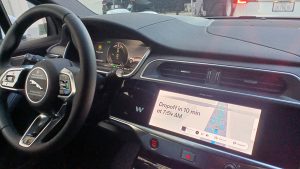Series “CES 2025 and US ICT Trends” 1

The world’s largest innovation trade fair “CES 2025” was held in Las Vegas, USA for four days from the 7th (Tue) to the 10th (Fri). 4,312 companies and organizations from all over the world exhibited, and about 140,000 people visited.
CES is as popular as ever, attracting a lot of global attention. On the other hand, the exhibits have not changed much in recent years, and there has been a sense of staleness. It seems that CES is also reaching a plateau.
The main themes of this year’s CES were “AI,” “mobility,” and “GX,” and a large number of exhibits were exhibited, including generative AI, mobility including automobiles, and environmentally friendly energy-saving technologies. However, these themes have not changed in recent years. For example, generative AI. It was in 2023, two years ago, that the AI boom began, attracting global attention.
As for new innovation, it was hard to tell how much progress there has been between now and two years ago, at least from my walk around the CES venue.
Samsung Electronics, which has one of the largest booths at CES every year, promoted its AI home appliances with the theme “AI for ALL.” However, the theme “AI for ALL” itself is the same as the theme presented by the company last year, and in its booth, as in last year, it introduced its efforts to integrate AI into daily life and the industrial sector.
In terms of innovation, it seemed that the US cities were more advanced than the CES venue.

Waymoの車内(Inside a Waymo car)
For example, in San Francisco, self-driving taxi services provided by Waymo, a self-driving car development company under the umbrella of Alphabet, USA, were running around as usual.
While I was in San Francisco, I took a Waymo to the supermarket. I called Waymo from a smartphone app, and it came to pick me up in front of my hotel in a few minutes. It was a robot taxi based on a Jaguar I-PACE that arrived. The journey took about 15 minutes each way, but the car was smooth and safe, and the ride was comfortable. It was a busy city street, but at least in my experience, there was not a single moment when I felt unsafe or had a close call.
It is much safer than a human driving car. If self-driving cars become widespread, traffic accidents, especially serious accidents resulting in injury or death, should decrease dramatically. I was thinking about this while riding in the Waymo.
As is well known, in Japan, an ultra-aging society, dangerous driving by elderly people has become commonplace, and serious accidents that were once unthinkable are occurring frequently. In this social situation, self-driving cars will be a savior that solves these problems.
My experience in San Francisco convinced me that self-driving cars will provide a means of transportation for the elderly and contribute to a safe and secure society.
The entire city of Silicon Valley, including San Francisco, is ahead of CES. (Kei Kitajima)
※Translating Japanese articles into English with AI
